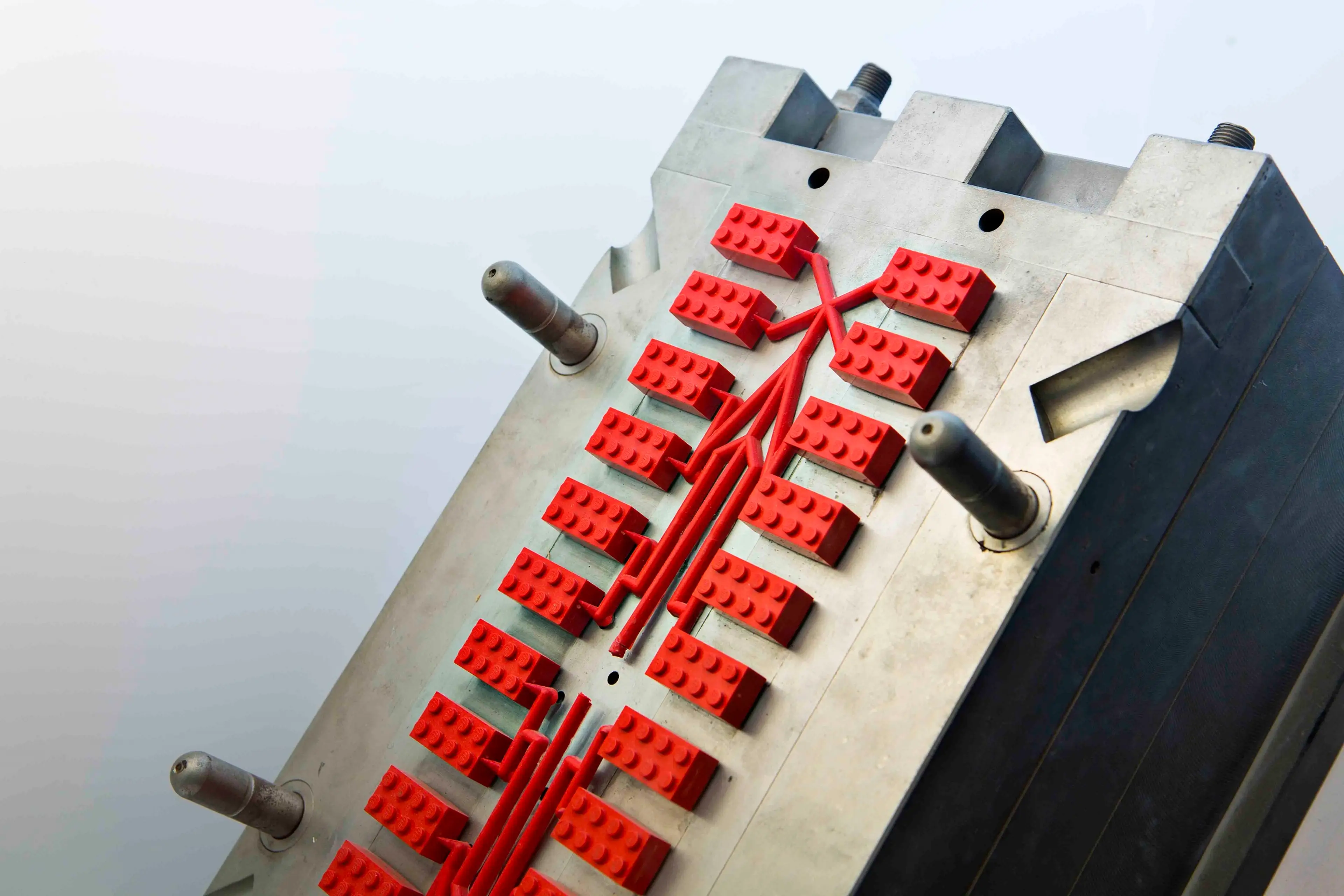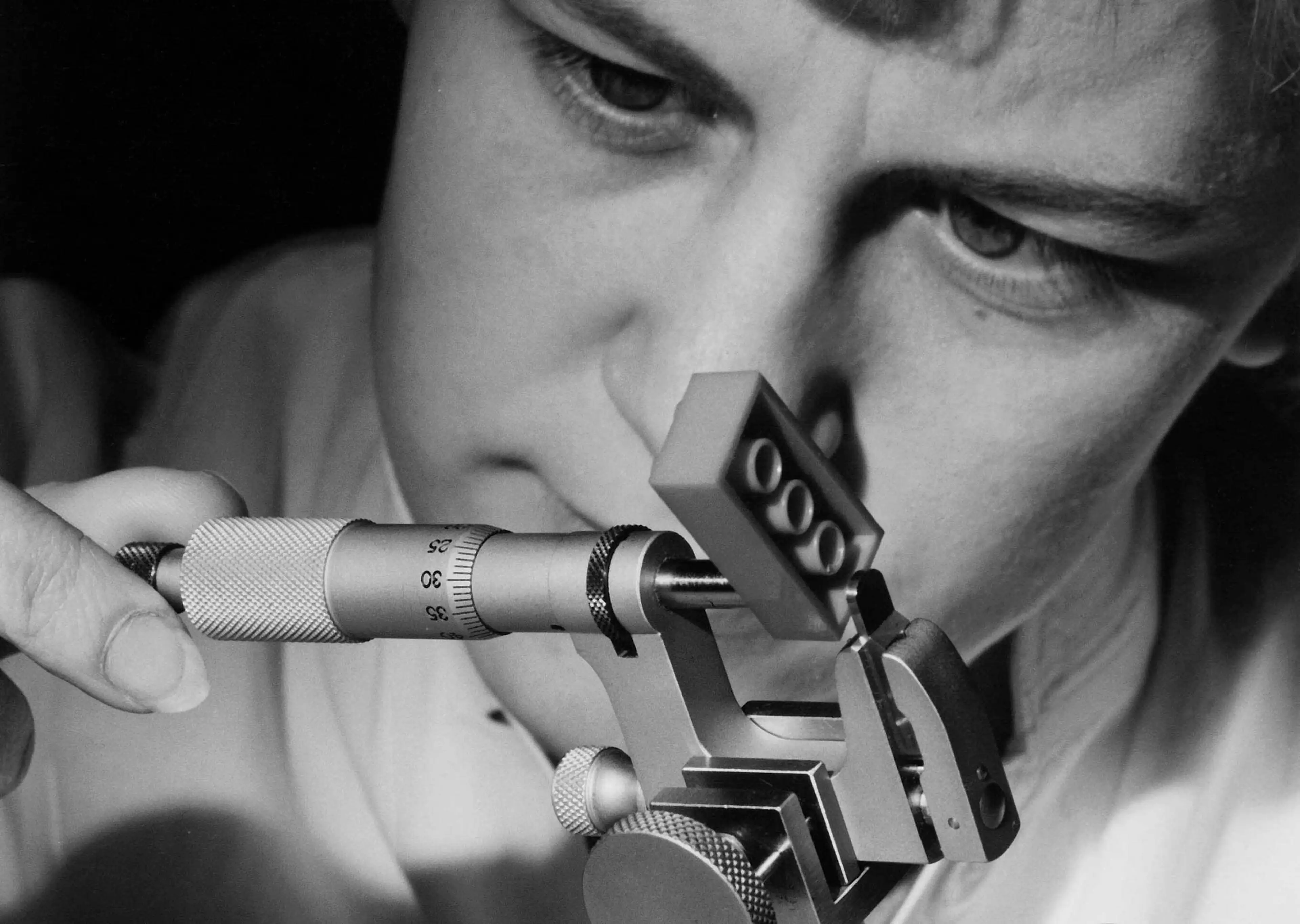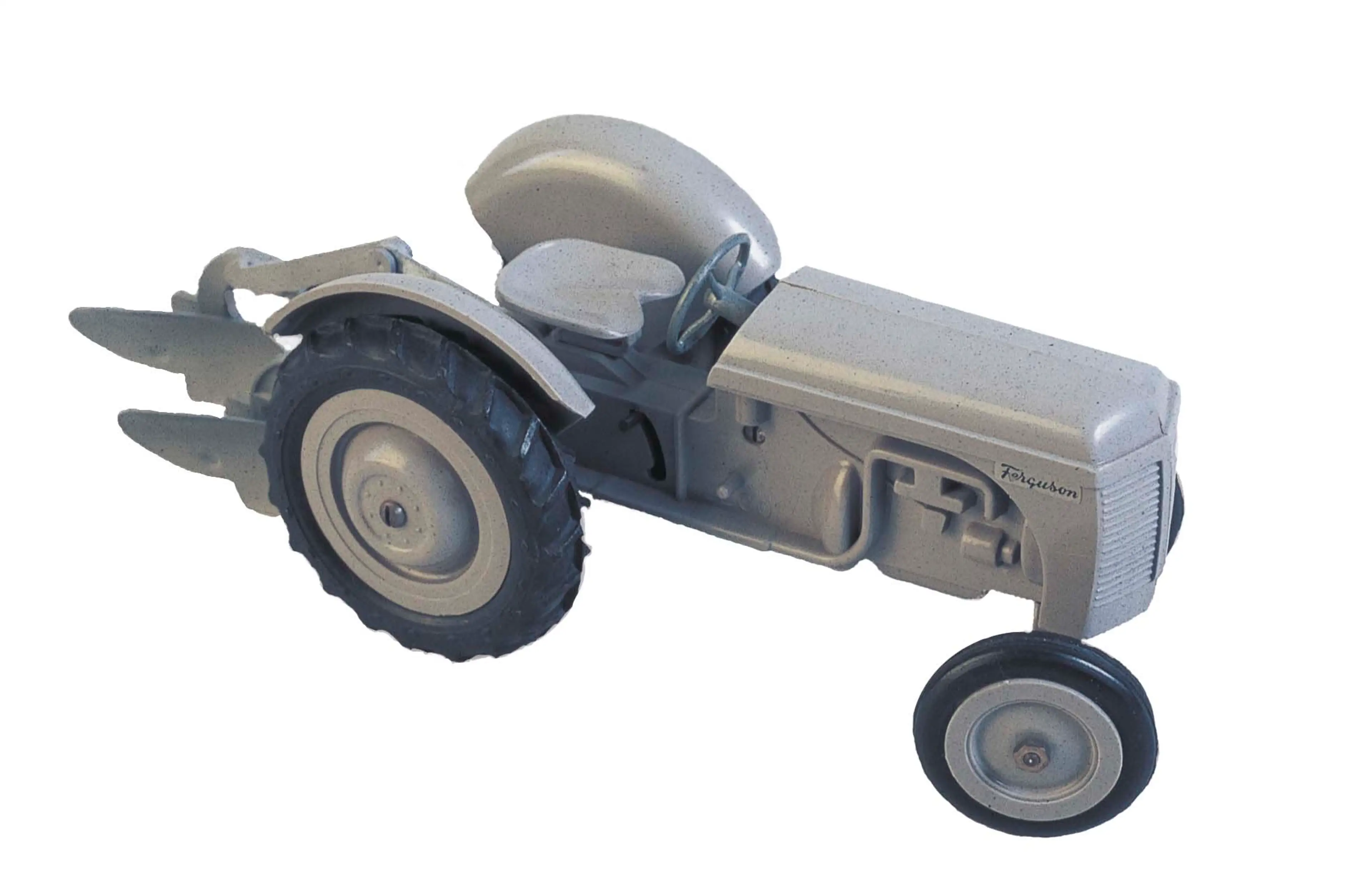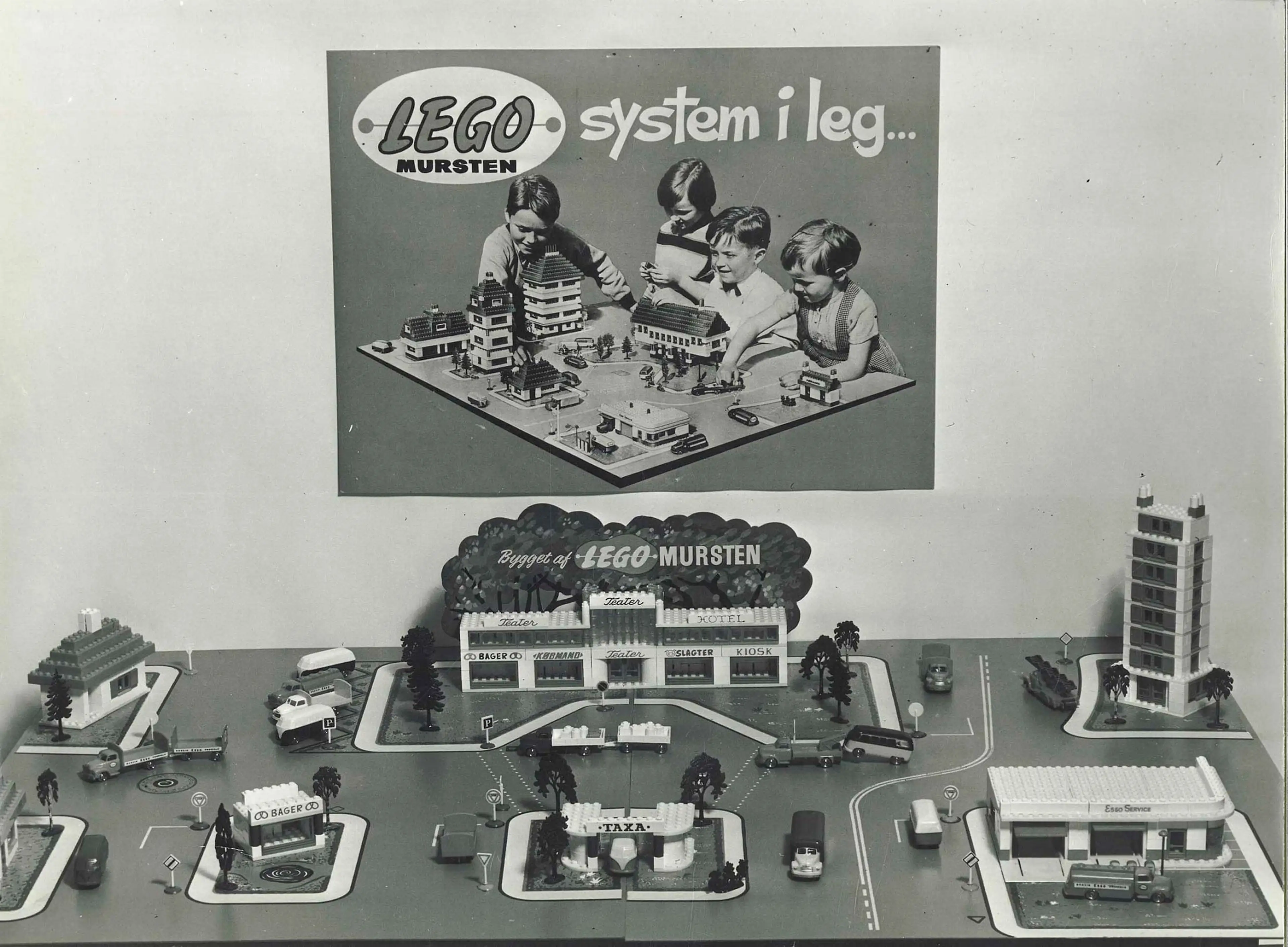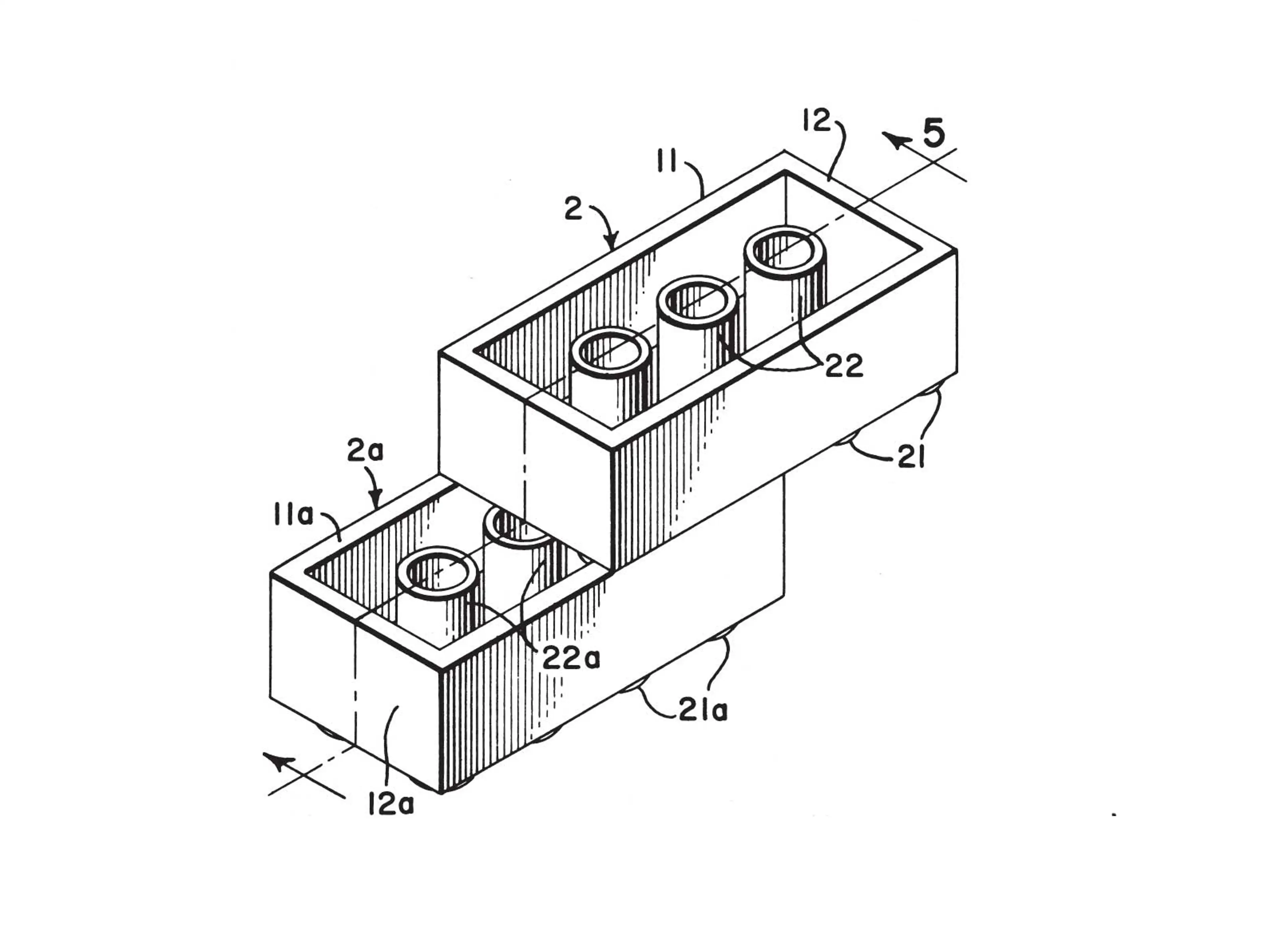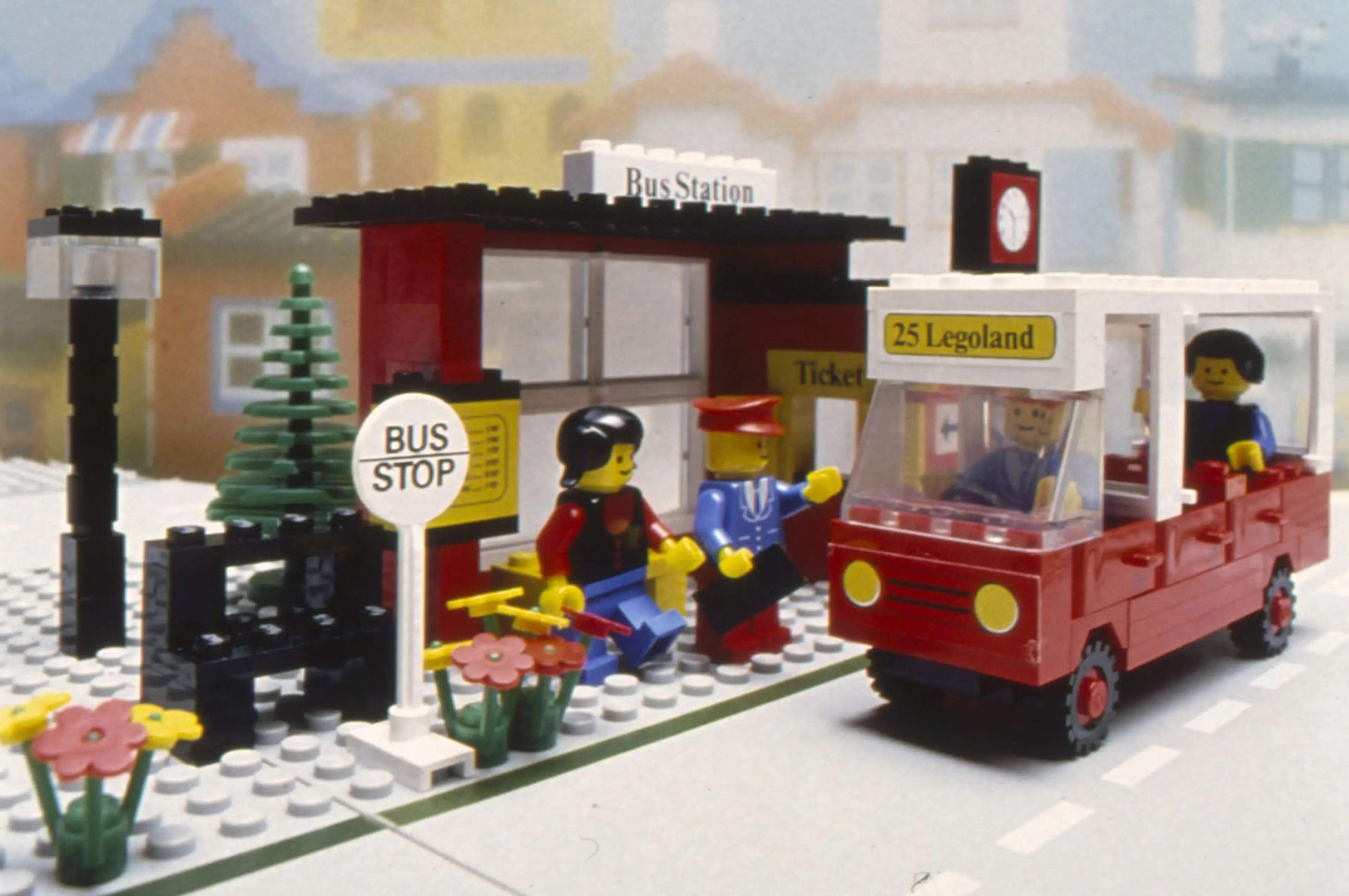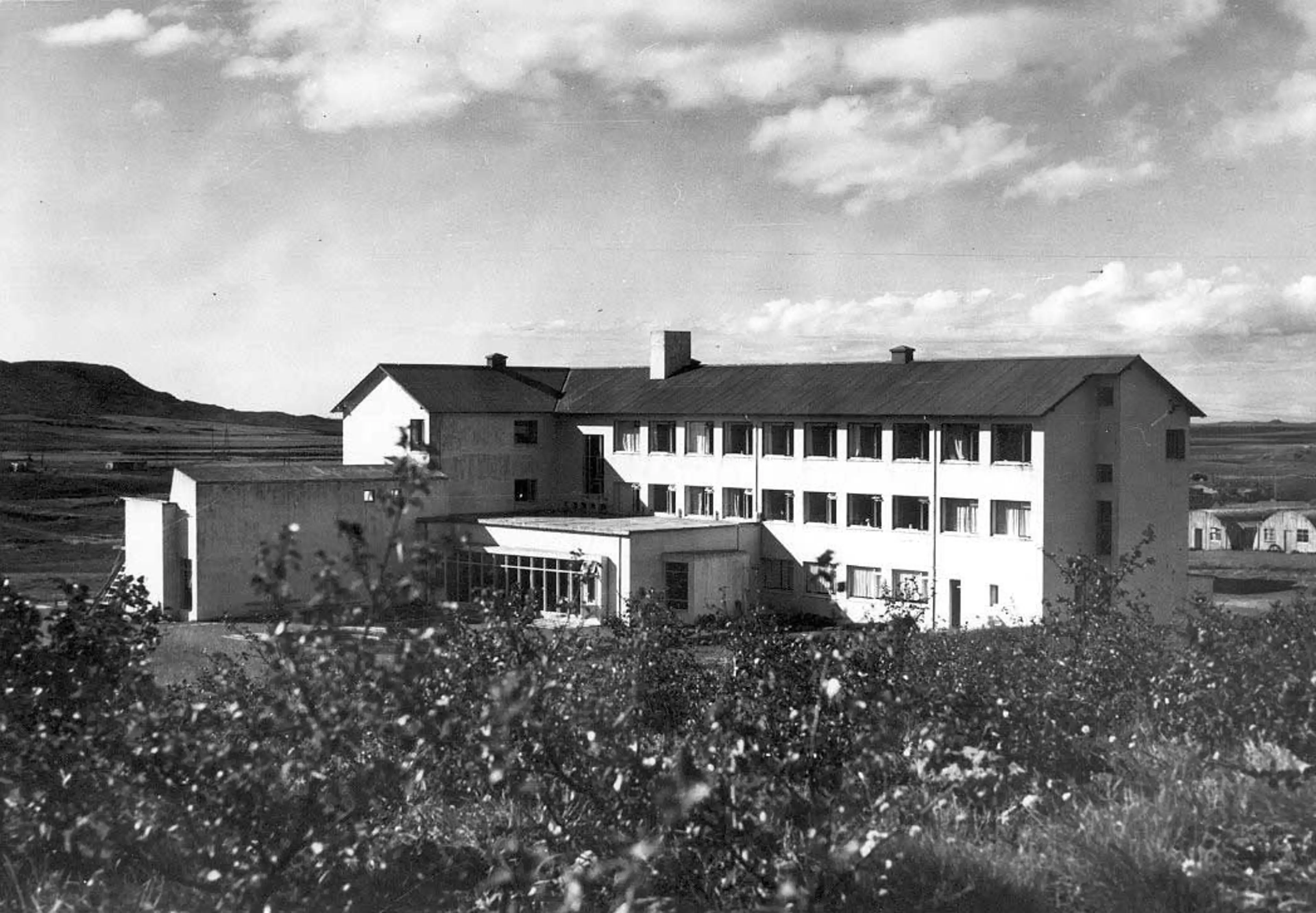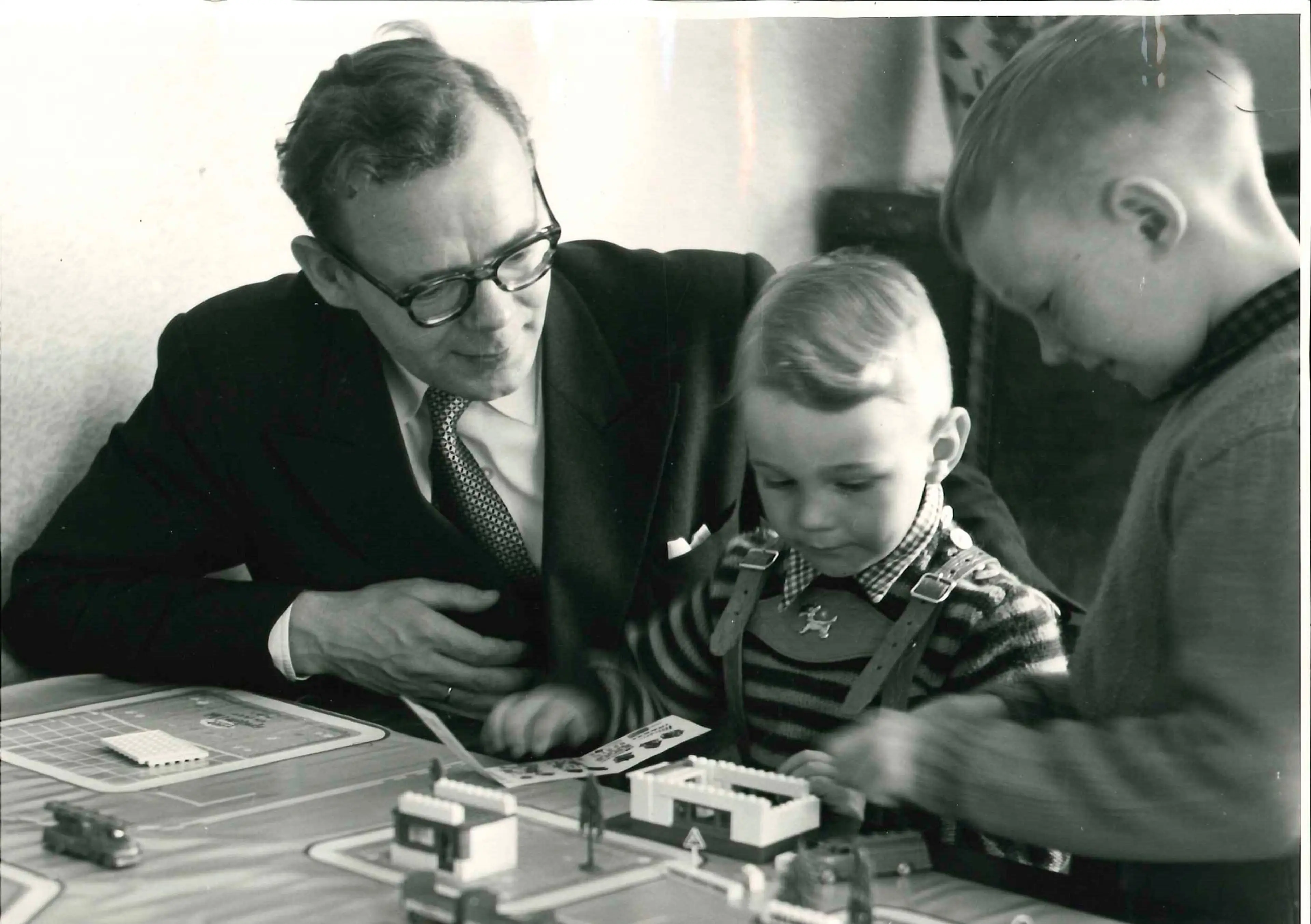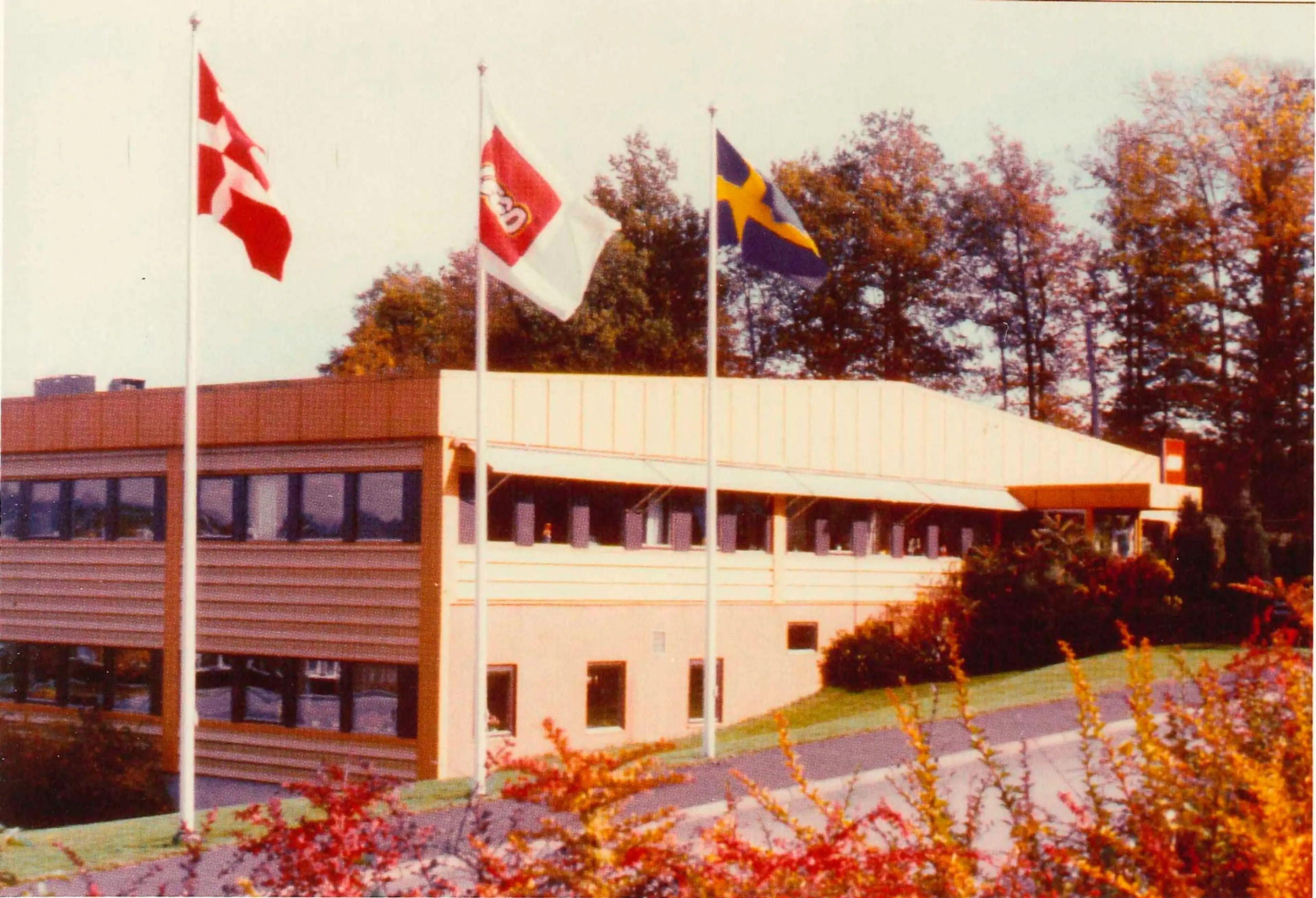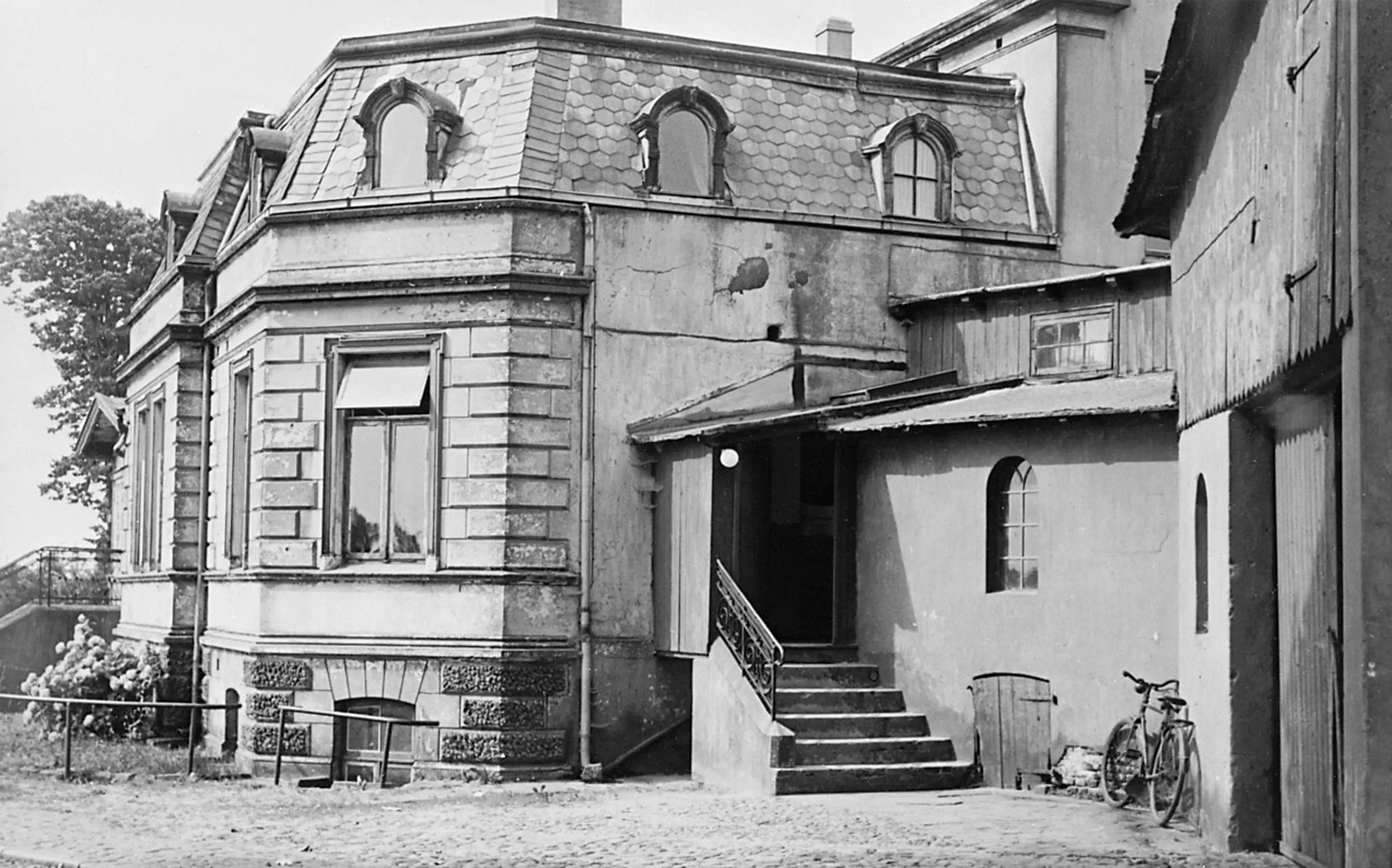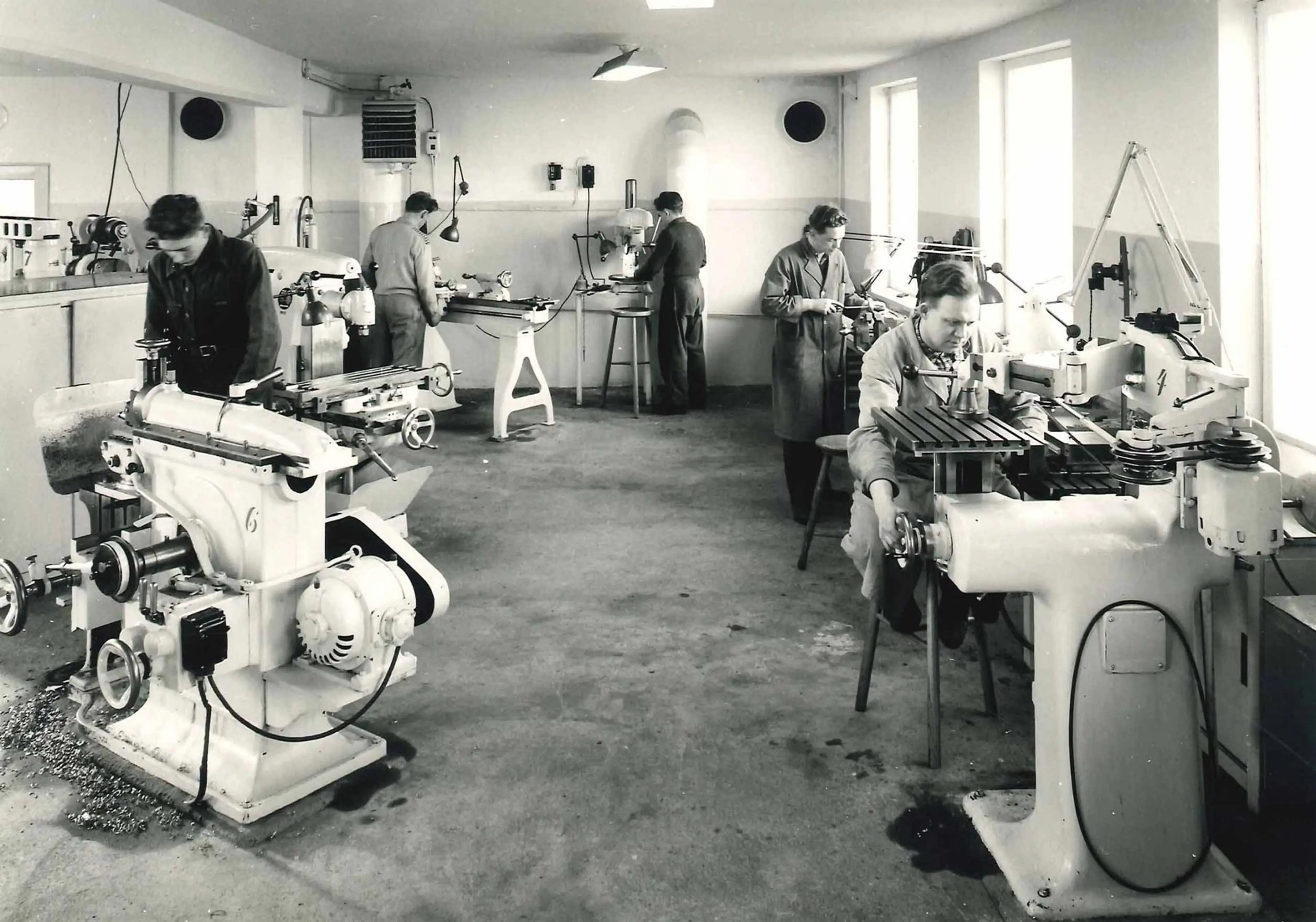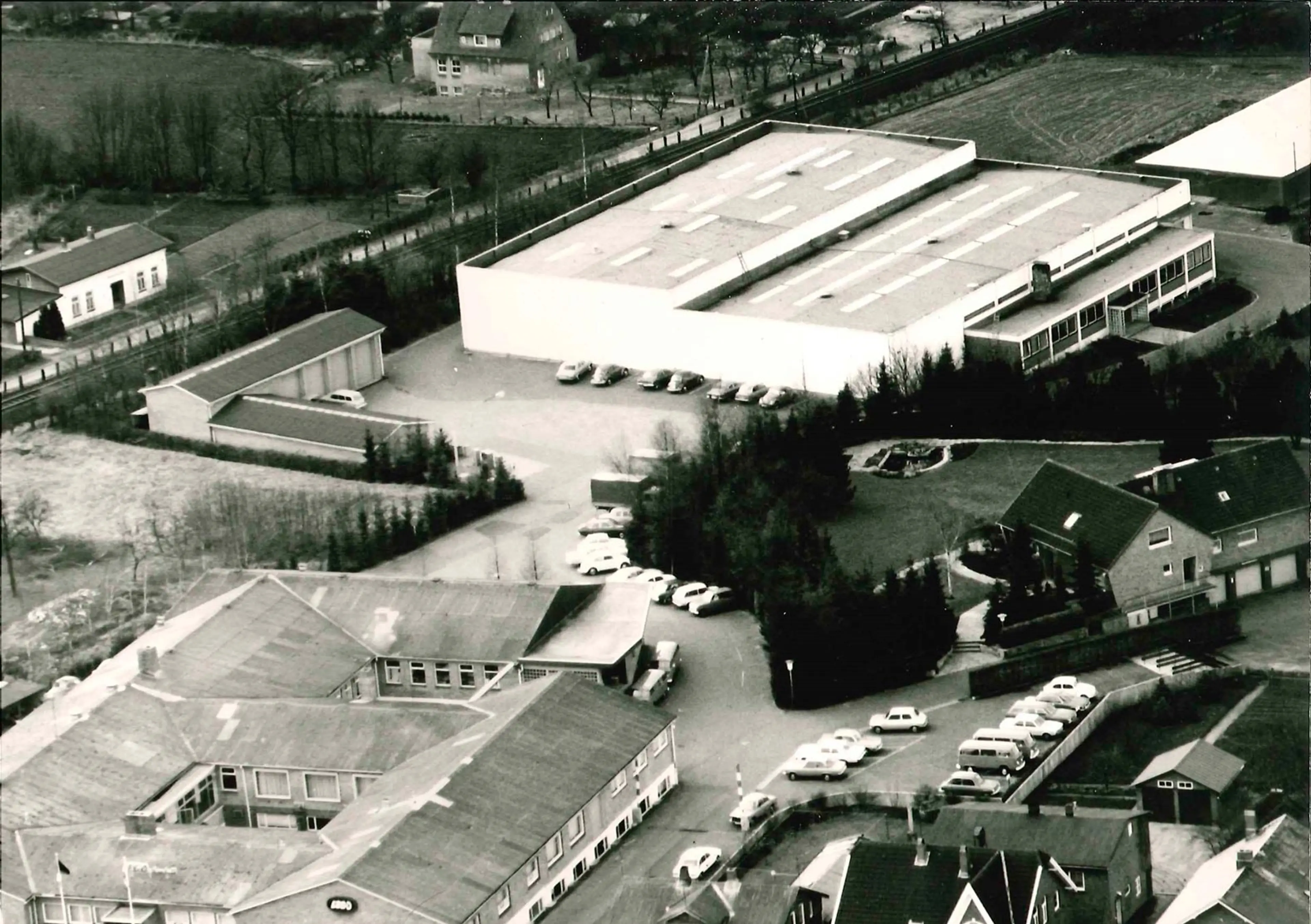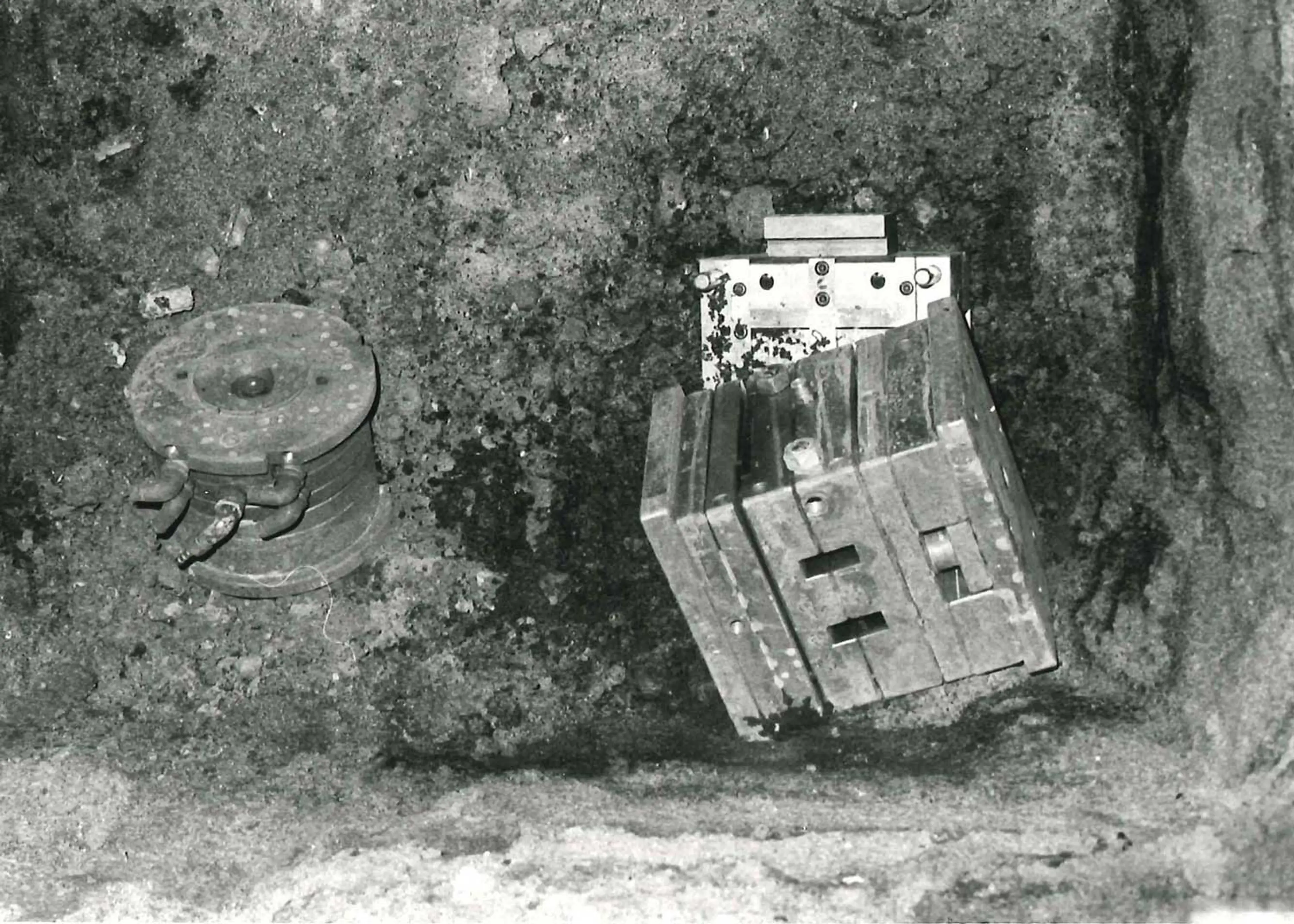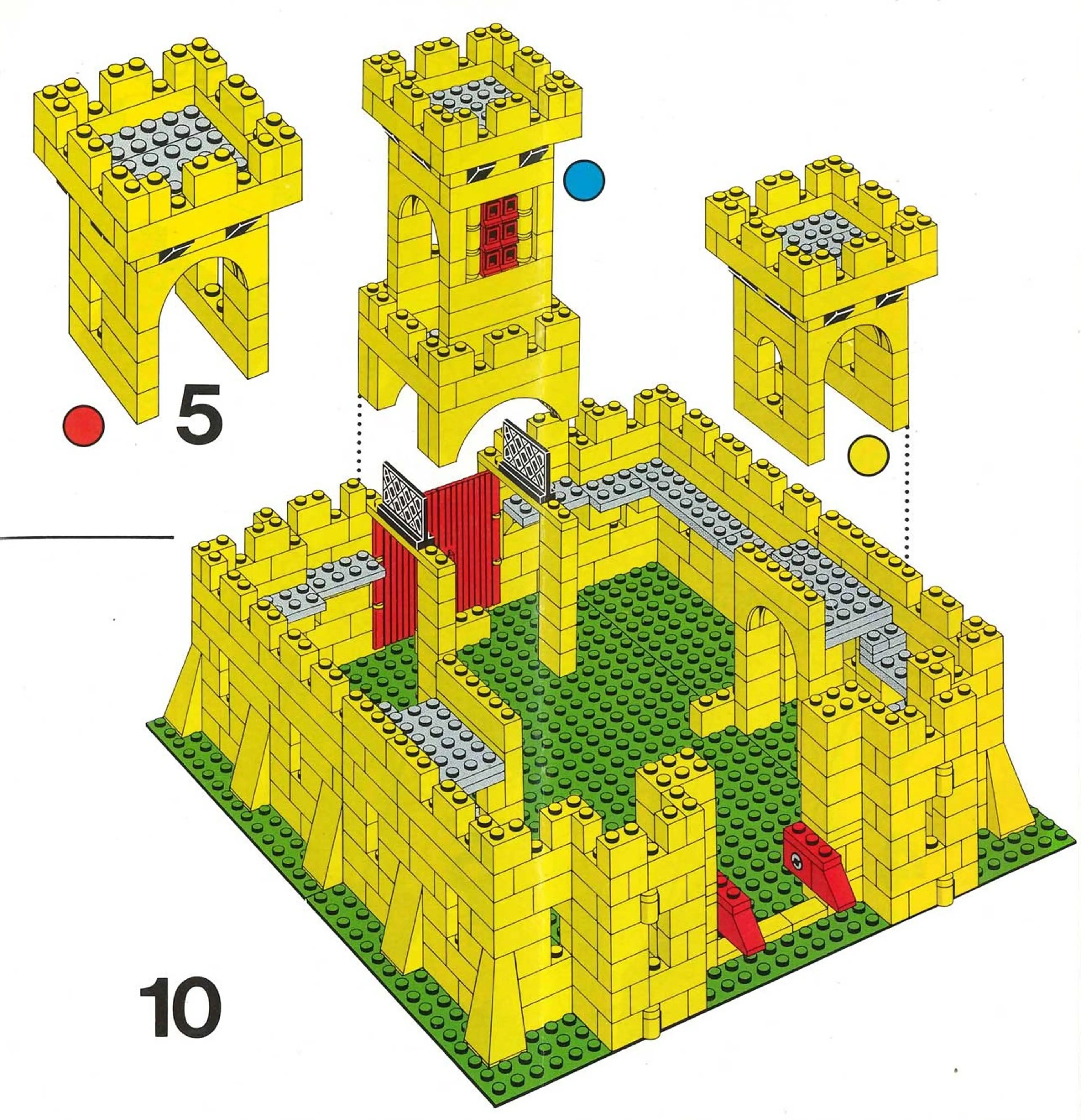Like many other countries after World War II, Iceland places tight restrictions on the import of toys and other goods. The LEGO Group, unable to export LEGO products directly to Iceland, examines other options. As an alternative, the LEGO Group enters into a licensing agreement in 1955 with S.I.B.S. (The Icelandic Association of Tuberculosis and Chest Patients) to manufacture and sell LEGO products in Iceland.
Licensing agreement
The agreement gives S.I.B.S. the right to rent molds and tools from the factory in Billund in order to set up production of bricks and other plastic toy products from the LEGO Group in Iceland. In addition, a royalty is payable on S.I.B.S.’s net sales of goods. Before signing the licensing agreement, however, S.I.B.S. and the LEGO Group have conducted their contacts via a Danish wholesale company in Copenhagen: ELMODAN and its owner Elmo Nielsen. The first consignment of molds is shipped to Iceland via ELMODAN, but the LEGO Group prefers to lend and send molds directly from Billund to Iceland rather than through a wholesaler. That is why the LEGO Group and S.I.B.S. set up the licensing agreement in 1955.
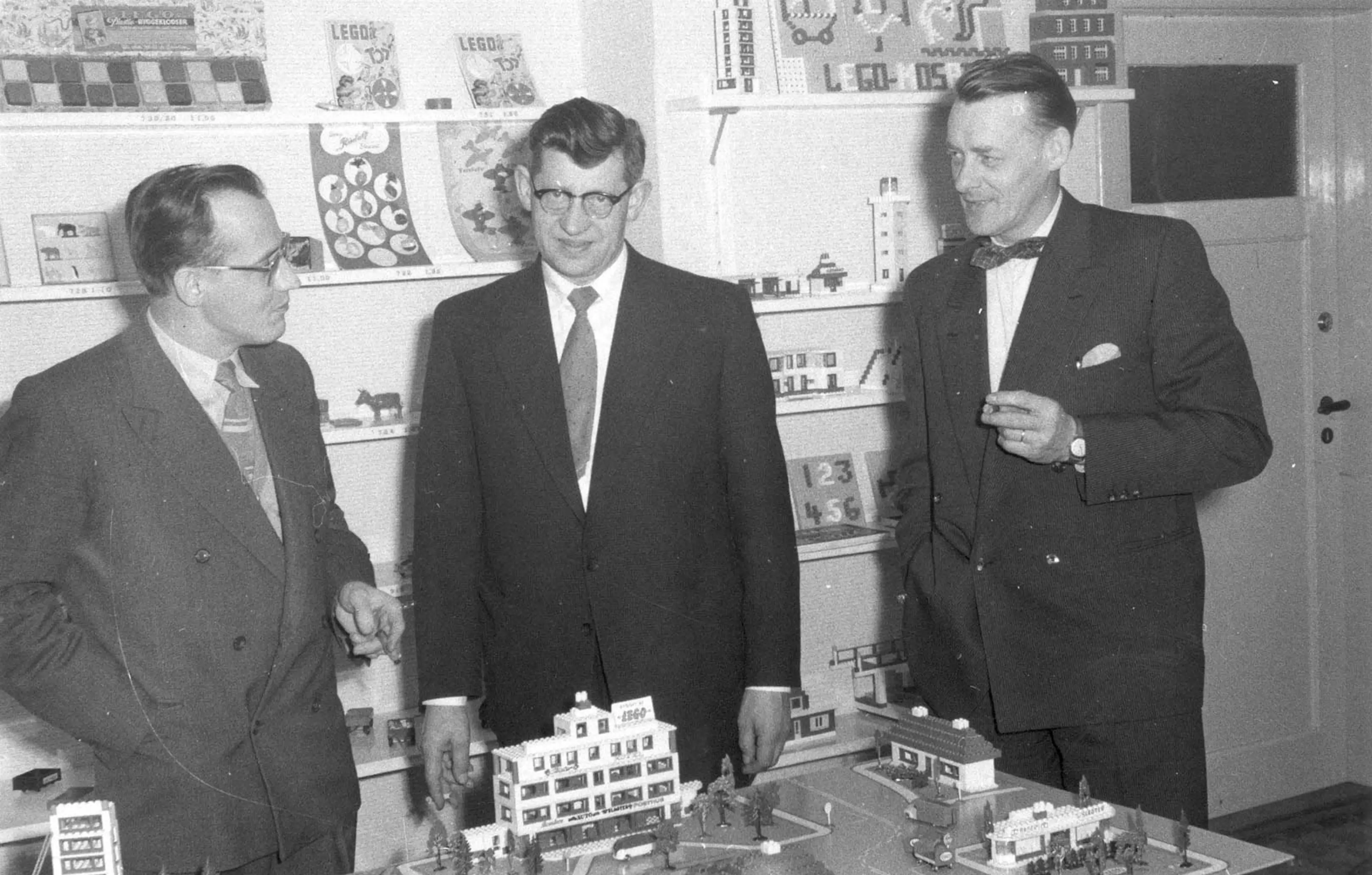
Godtfred Kirk Christiansen (left) receives a visit in Billund, Denmark, from the director of Reykjalundur Arni Einarsson (centre) and a colleague from Reykjalundur, 1955
S.I.B.S. – The Icelandic Association of Tuberculosis and Chest Patients
In 1938, Icelandic tuberculosis patients had established an organisation, S.I.B.S., with the primary aim of rehabilitating and training patients. In 1945 Vinnuheimilid ad Reykjalundi (Workshop Centre at Reykjalundur) welcomes its first group of patients, and for many years the centre is backed by lottery funding. As tuberculosis decreases in the 1950s, the institution is converted into a rehabilitation centre for heart, asthma and traffic‑accident patients. In workshops at the centre, patients undergo work‑based therapy with the aim of helping them back to employment. Patients make many products, including toys and by 1955 Reykjalundur is producing almost all toys sold in Iceland. Reykjalundur owes much of its success in Iceland to the very high level of taxation on imported goods, making it difficult for external companies to enter the market. At the same time, Arni Einarsson, director of the centre, points out in a 1955 newspaper interview that Reykjalundur’s success is due at least in part to the sympathetic attitude of the Icelandic people. Icelanders would rather buy goods from Reykjalundur than from other suppliers.
S.I.B.S. Kubbar
During the period 1955‑60 bricks are marketed under the name “S.I.B.S. Kubbar” (S.I.B.S. Cubes) to comply with Icelandic restrictions on the packaging of foreign companies; production in Iceland is not permitted to use original packaging from the LEGO factory in Billund, Denmark. When the import ban is lifted in 1960, it becomes possible to use packaging from Billund and Icelandic shoppers can now buy Icelandic‑made bricks sold under the name of LEGO bricks. From 1973, LEGO DUPLO bricks are also made in Iceland. In addition to the manufacture and sale of bricks, S.I.B.S. of Iceland produces and markets other popular LEGO products, including the Ferguson Tractor, large and small VW cars, flags, and road signs for the LEGO System in Play Town Plan.
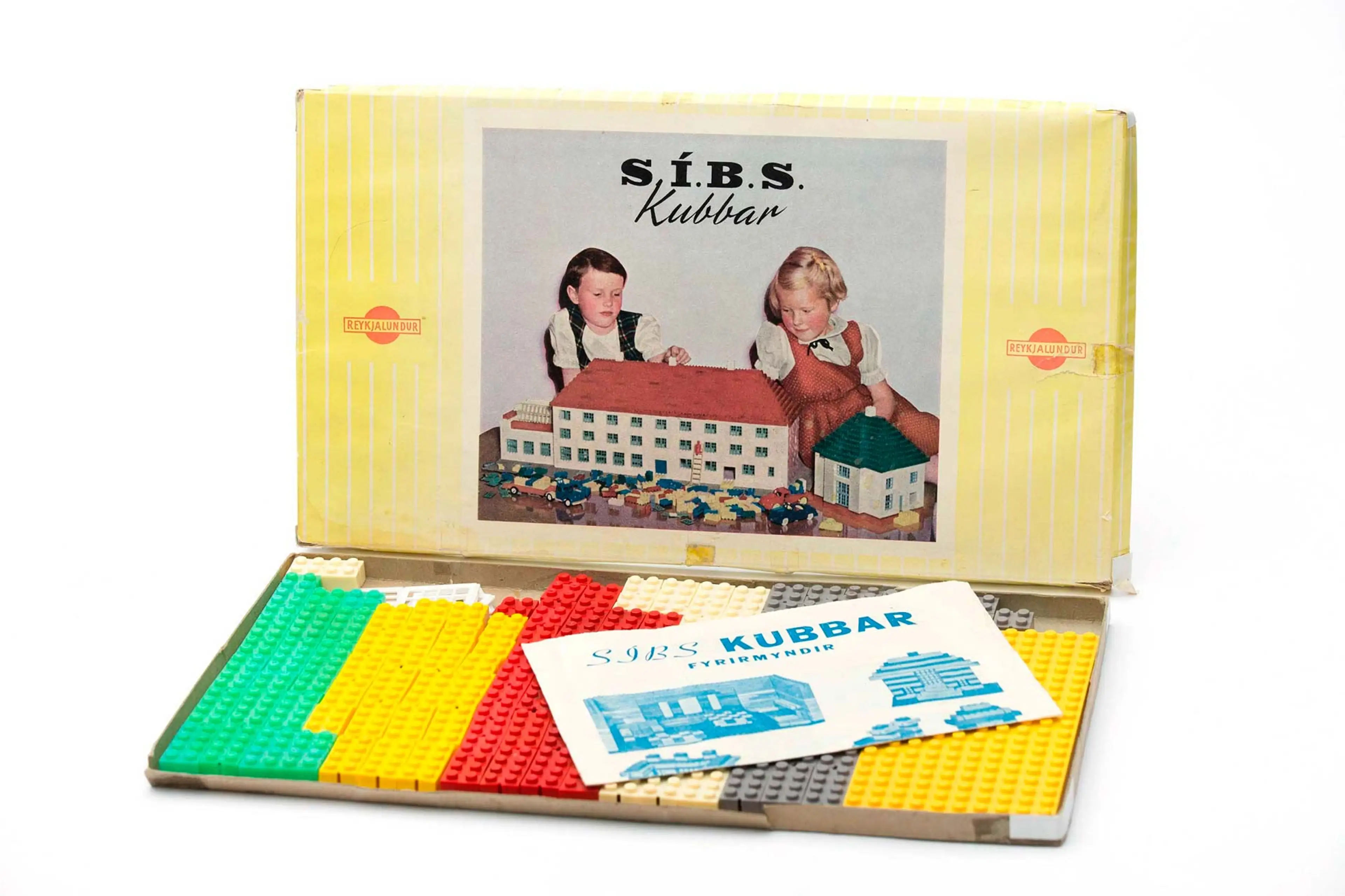
S.I.B.S. Cubes manufactured and sold in Iceland from 1956
Seamless collaboration
In 1960, Iceland removes the ban on toy imports but the LEGO Group continues its arrangement with S.I.B.S. to manufacture, pack and sell LEGO products in Iceland until 1977 when Icelandic production no longer has the capacity to keep up with developments in the LEGO Group product range. The Billund factories assume responsibility for production and packing of LEGO bricks for the Icelandic market but as Iceland is a small market area and the unusual partnership is working smoothly the parties agree that Reykjalundur should continue to distribute and sell LEGO bricks in Iceland. Although the sales organisation has been renamed since 1977, it is still the “successors” to the old Reykjalundur who, as an independent sales organization, handle sales and distribution of LEGO bricks in Iceland. In 2012 the Icelandic market bought more LEGO bricks per inhabitant than any other LEGO Group market.
